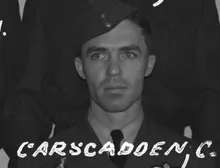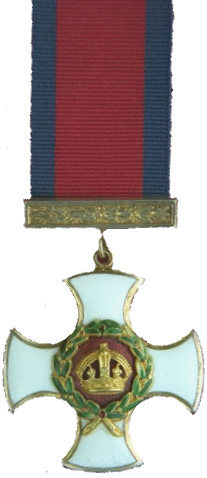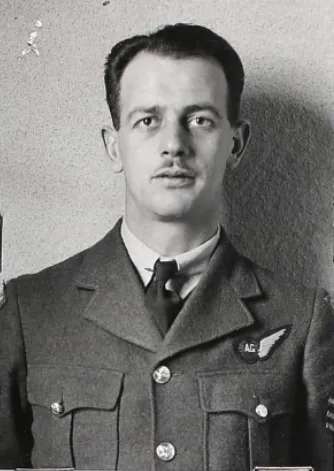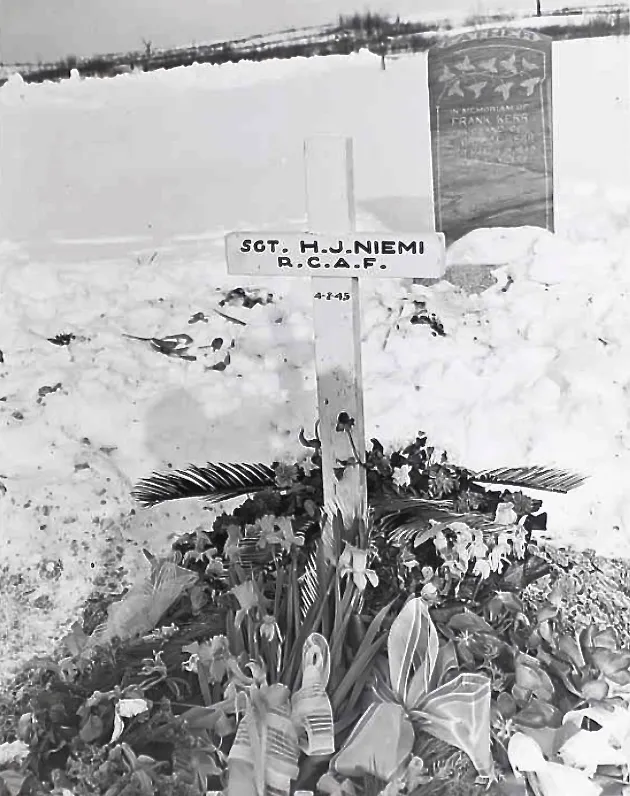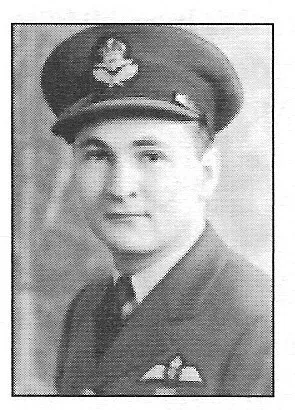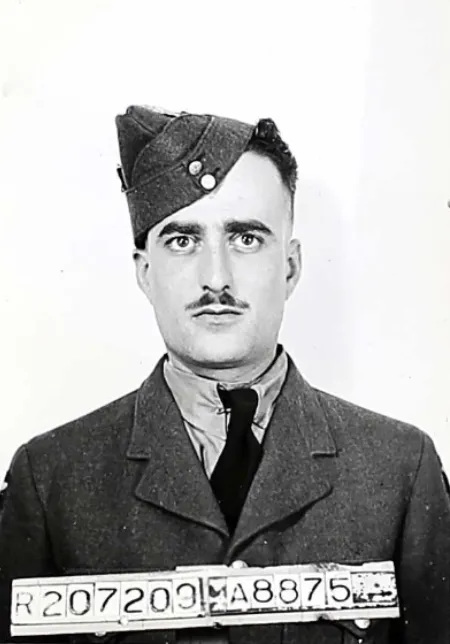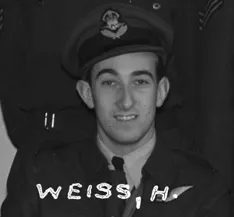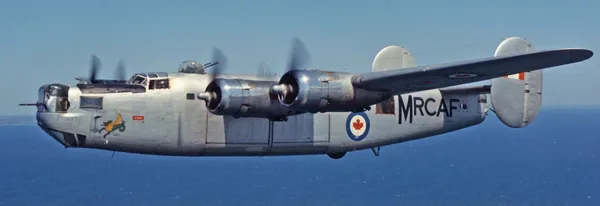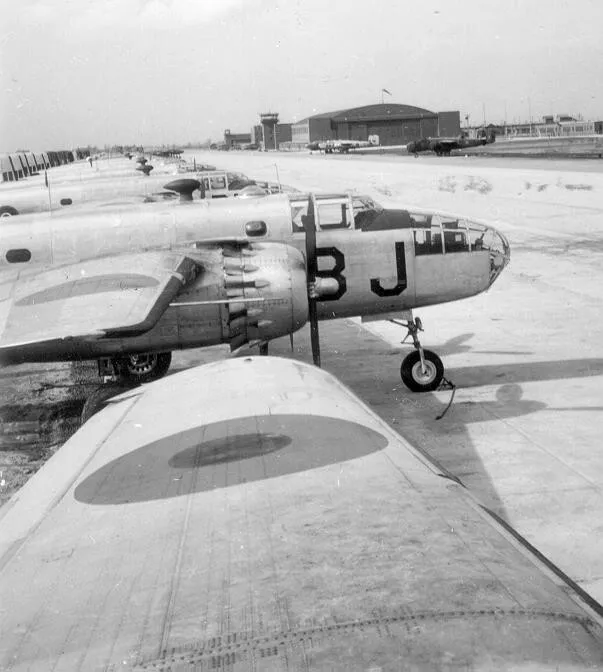Took off from 5 OTU at Abbotsford BC on a night training flight.
Liberator B-24J Mk VI EW- crashed into a mountain side three miles north-west of Whonnock, British Columbia. All 7 occupants of the aircraft were killed,
Killed: Squadron Leader Cyril Hudson Carscadden RCAF J/2968 KIA Mountain View Cemetery Vancouver Abray. Block 3. Plot 19. Lot 14. F/Lt Walter George Deveson RCAF J/12574 KIA Royal Oak Burial Park Sec. D. Plot 22. Grave 17. F/Lt Roy Edward Maynard RCAF J/23453 KIA Royal Oak Burial Park Sec. D. Plot 22. Grave 10. Sergeant Harold John Niemi RCAF R/117196 KIA Rouyn-Noranda Cimitiere Notre Dame Grave E.5832. Flying Officer Walter Schneeberger RCAF J/28601 KIA Brookside Cemetery Winnipeg Sec. C. Lot 114. Pilot Officer Joseph Jean Leon Therien RCAF J/47056 KIA Notre Dame Des Neige Montreal Sec. B. Lot 1765. Pilot Officer Herbert Stanley Weiss RCAF J/47055 KIA Shaare Zion Congregation Montreal Grave 315.
